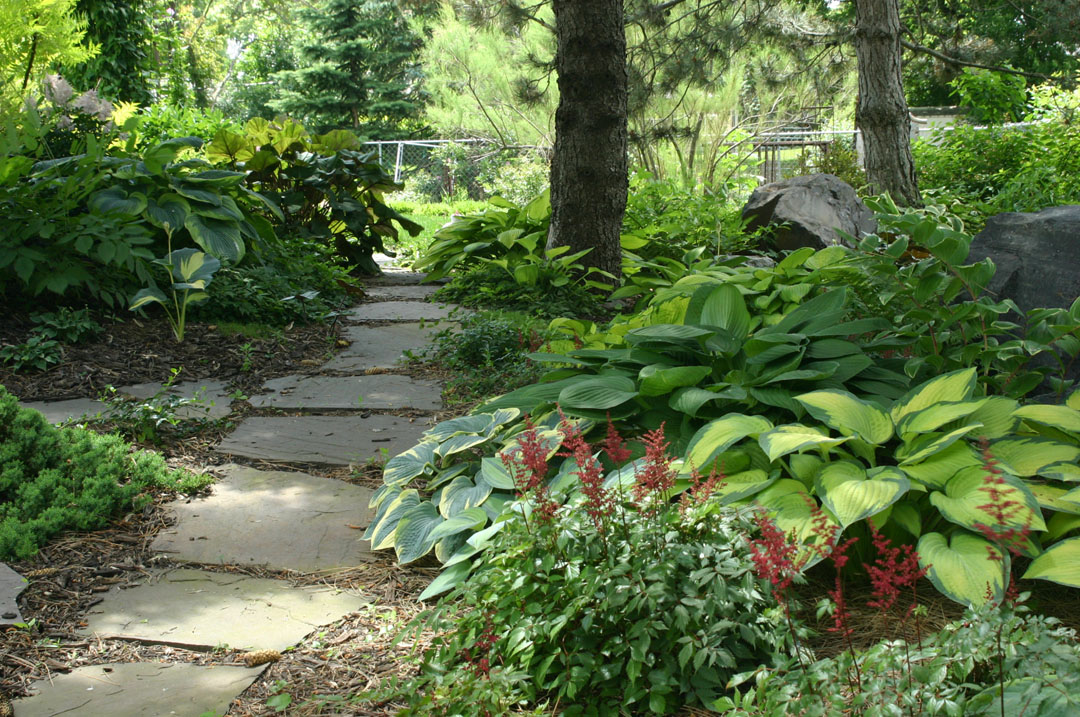
Spring is a season of beauty and renewal, and it’s a time of joy for many homeowners in Minnesota for two big reasons: the snow and cold is finally gone, and it’s time to garden again. Winters in the Twin Cities area can be harsh on landscapes with their subzero temperatures and massive snowfalls. Because of this, restoring the curb appeal of your yard when spring comes around again will require a diligent spring cleanup process.
A Comprehensive Guide to Spring Yard Cleanups
By performing a few key tasks when winter comes to an end, you can clean up your lawn and gardens, getting them fully ready for warm and wet spring weather. Here is a complete guide to successful spring cleanups in the Twin Cities metro.
For Your Lawn:
- Clean up debris. As winter snows melt, lots of dead leaves, twigs, stray mulch, and other debris will be scattered all over your lawn. Not only does this debris tarnish the beauty of your lawn, it can also kill the grass beneath it. Using rakes and any other tools needed, clean up all of the debris on your lawn so that your grass can flourish without obstructions.
- Aerate as needed. During winter, the freeze-thaw cycle can cause soil compaction and thatch can build up over your grass. Both of these things will impair the growth of your lawn, preventing it from reaching its full potential. To dethatch and break up your soil, consider using an aerator on your lawn. Aerating your lawn will allow water and air to reach your grass roots more easily, enabling healthy growth.
- Fill in bare patches. Sometimes, patches of grass in your lawn will not survive winter, whether due to extreme cold or drowning in puddles of meltwater as spring approaches. If there are dead or bare patches on your lawn, fill them in one of two ways: either by laying down sod or by planting grass seed. This will help your lawn grow to its full potential.
- Prevent weed growth. Many lawns get choked out by weeds early in spring. To proactively prevent this from happening, apply pre-emergent weed control to your lawn during your spring cleanup process. Doing so will keep crabgrass, dandelions, and other noxious weeds from competing with your grass for water and nutrients.
For Your Garden:
- Replace mulch as needed. During winter and early spring, mulch is often pushed out of gardens by snowfall and subsequent melting. Although your gardens don’t need the insulation of mulch as much in spring as they did in winter, it’s still best to cover your gardens with an even 2-3″ layer of mulch. If too much mulch was lost during the winter, lay down fresh mulch to replace it.
- Prune trees and shrubs. Spring is a season of new growth for trees and shrubs. However, the wounds of pruned plants are also more vulnerable to pests and disease when temperatures rise. In early spring, prune unnecessary or damaged branches from trees and shrubs, shaping their coming growth and giving them sufficient time to heal before summer.
- Pull any weeds that pop up. Weeds will often begin growing in gardens in early spring, before perennials return and trees flower. Fortunately, the soil is also loose and moist after snow melts in early spring, making this an ideal time to pick weeds as part of your spring cleanup process.
- Perform a soil test. From annual flowers to trees, all garden plants need good soil to thrive. During your spring cleanup, test your garden soil to make sure pH levels are correct and there are appropriate levels of key nutrients like potassium, nitrogen, and phosphorus. If you find that your soil is lacking, you may need to add fertilizer to the mix to help your plants flourish during the growing season.
Professional Spring Cleanup Services in the Twin Cities
If you don’t think you’ll have time to complete every step in your spring yard cleanup checklist, your better option may be to hire the pros to finish the list for you. Get in touch with Ground One today if you’re interested in our lawn and garden spring cleanup services in the greater Twin Cities area!
